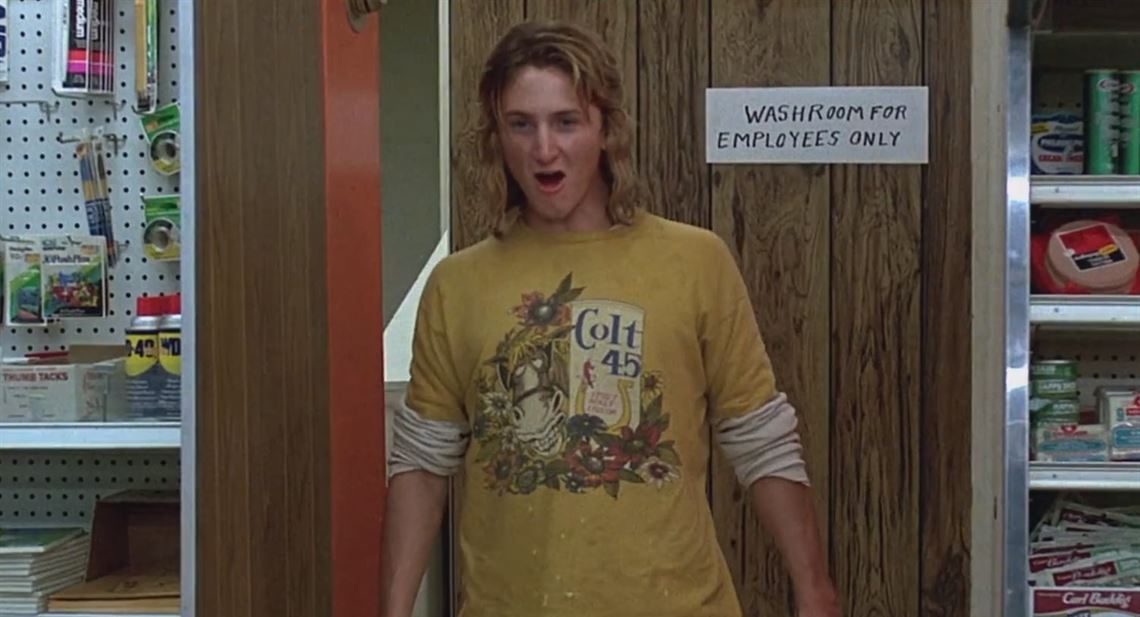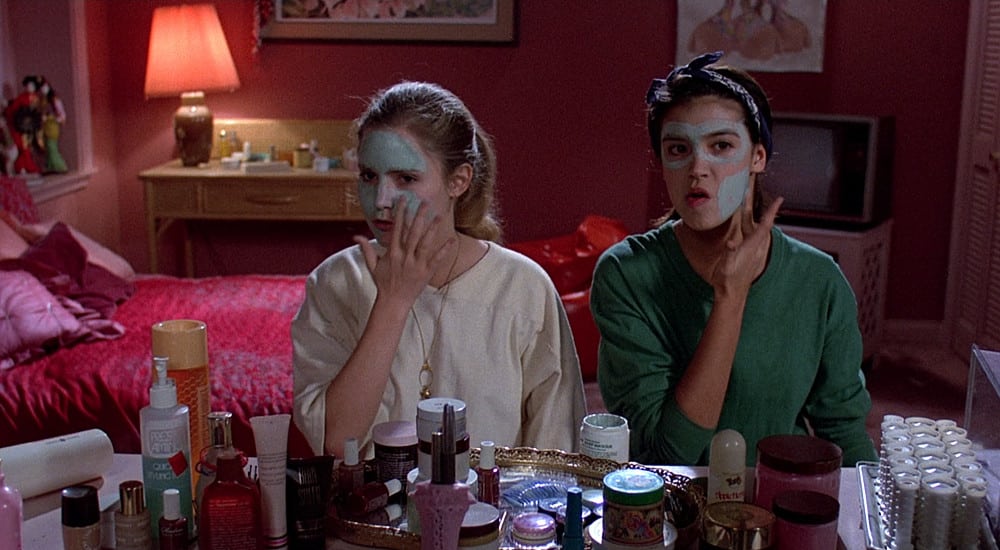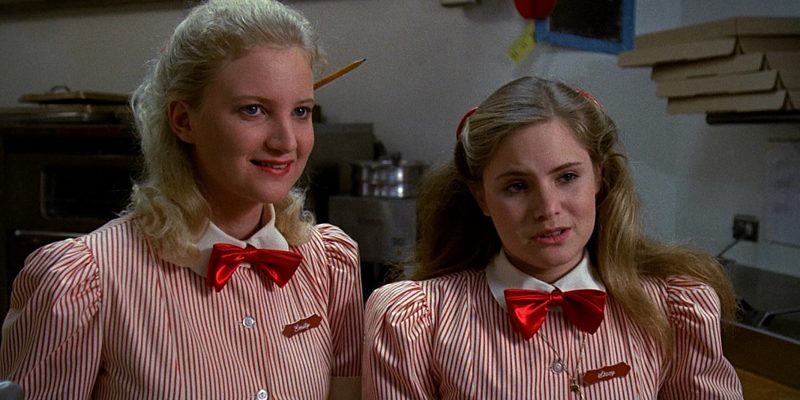Directed by Amy Heckerling, ‘Fast Times at Ridgemont High’ is a coming-of-age comedy film that dives deep into the world of Southern California high schoolers, highlighting their journey through adolescence, relationships, and part-time jobs. The 1982 film features a rich ensemble of actors such as Jennifer Jason Leigh, who portrays a young girl Stacy Hamilton, on a journey of self-discovery; Sean Penn brings to life the unforgettable surfer, Jeff Spicoli; Judge Reinhold plays Brad Hamilton, Stacy’s elder sibling; and Phoebe Cates is Linda Barrett, Stacy’s experienced friend. Given its memorable scenes, unforgettable characters, and a soundtrack resonating with the 80s vibe, it naturally sparks curiosity about how much of ‘Fast Times at Ridgemont High’ draws from real-life incidents.
Fast Times at Ridgemont Rooted in Real-Life Experiences
‘Fast Times at Ridgemont High’ is partially based on a true story. The narrative is adapted from the eponymous 1981 book by Cameron Crowe, who also serves as the screenwriter of the film. In a bold endeavor in 1979, a then 22-year-old Crowe, who had graduated in 1972, went undercover as a high school student named Dave Cameron at Clairemont High School in San Diego, California, while researching for the book. He intended to capture an authentic portrayal of teenage life in the late 70s and early 80s. His mission was to glean a genuine snapshot of teen dynamics during the era. The insights and experiences he amassed during this stint shaped his book, which subsequently laid the groundwork for the film.

In an interview with The Washington Post, Crowe shared his unique undercover experience, stating, “It was like the senior year I never had. Actually, until I started to fit in with the students and make friends with them, there was a different book on its way to being written, about me going back to recapture a little bit of my adolescence.” He also emphasized the often misunderstood portrayal of teenagers, noting, “I believed I could do teenagers a service because so much about them is written at arm’s length. The kids that get the publicity most of the time are like Brenda Spencer, who shot six people because she was bored, or the angel dust cases or Why Johnny Can’t Read.”
He added, “I thought these kids were a lot smarter than they were being given credit for.” Crowe’s interactions with the students revealed the inner trauma in their lives, which became a significant driving force behind his writing. Furthermore, while the characters in his story might seem like stereotypes, Crowe intentionally chose such representations, believing that high school is mostly populated by such archetypes. The film was shot in California and paints a vivid picture of teen life, highlighting the ups and downs of young relationships, the essence of friendships, the hurdles of jobs, and the academic grind.

Though the movie’s setting, Ridgemont High, is a fictional representation, it draws heavily from the atmosphere, culture, and dynamics of Clairemont High School in San Diego. The characters, while not direct replicas of real individuals, embody the spirit and essence of the students Crowe interacted with. While ‘Fast Times at Ridgemont High’ is rooted in real experiences, it’s essential to recognize the cinematic liberties taken. The film amalgamates several real-life personalities into singular characters, creating a narrative that’s both engaging and relatable. This blending ensures the movie remains entertaining while still resonating with authenticity.
For instance, Stacy Hamilton’s character was inspired by several young women Crowe met, capturing the universal experiences of teenage girls during that era. The character of Jeff Spicoli, played by Sean Penn, became one of the film’s standout characters. Like other characters, Spicoli’s portrayal was a blend of various individuals, capturing the zeitgeist of the era. Although the film simplifies and amplifies particular moments for cinematic allure, the book provides a more intricate peek into adolescent life, highlighting aspects perhaps too understated for cinema.

In the film, some characters and situations are more intensified or merged compared to their counterparts in the book, underscoring the intricacies of translating a comprehensive tale into a full-length feature. However, both the written and cinematic versions are harmoniously intertwined: the book offers an expansive backdrop, while the film breathes life into the core narrative through its unforgettable acts and landmark scenes.
While the film is not a direct retelling of actual events, it is deeply influenced by real experiences, making it a genuine reflection of its era. The film adeptly weaves fiction and reality, offering viewers a heartwarming and reminiscent journey back in time. Clearly, ‘Fast Times at Ridgemont High’ seamlessly harnesses genuine experiences to elevate its fictitious storyline, standing tall as an evergreen masterpiece that still enchants viewers today.
Read More: Movies Like Fast Times at Ridgemont High


You must be logged in to post a comment.